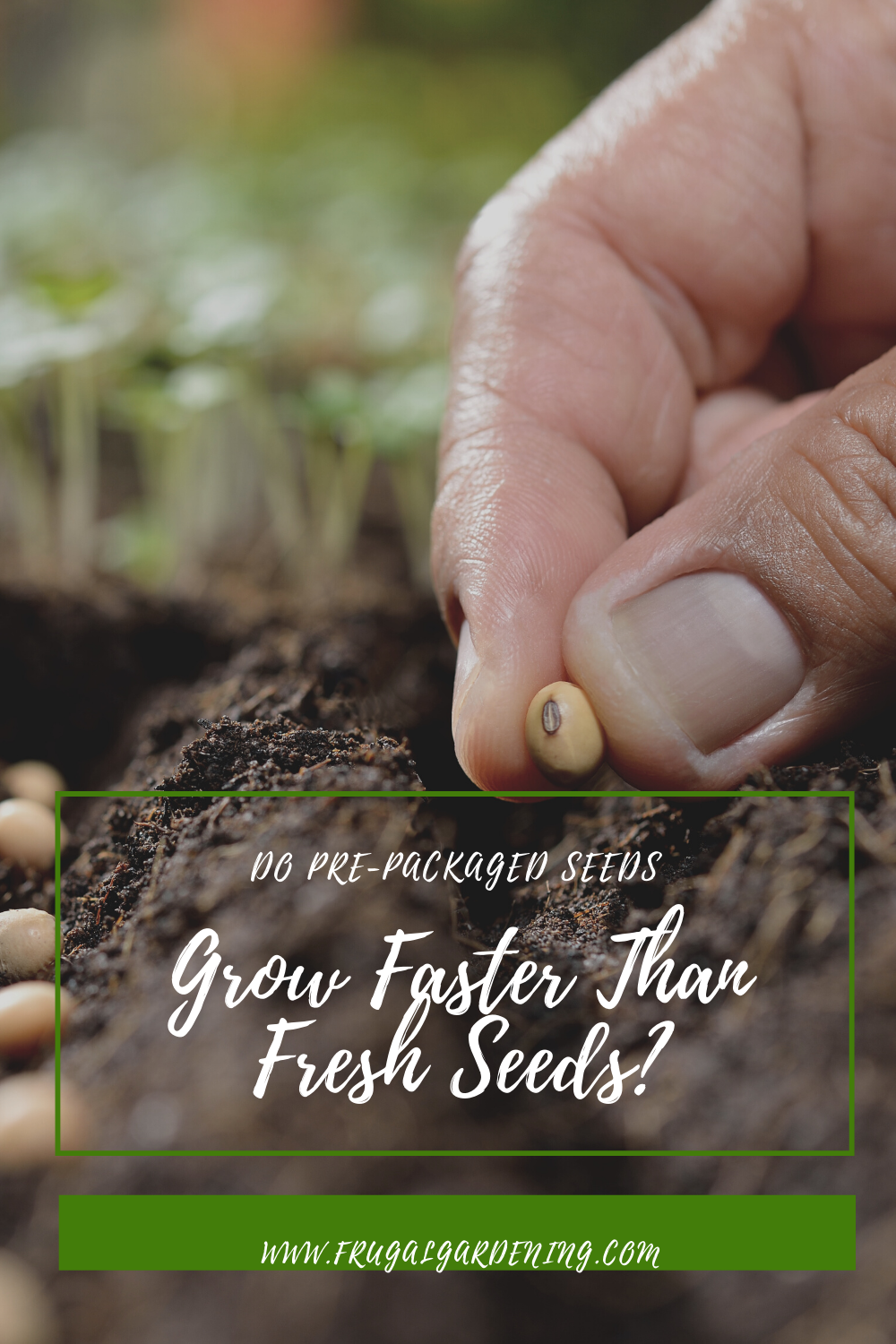
It’s that time of year when the seed catalogs start arriving in the mailbox. Getting new packets of seeds from a seed supplier is a real treat. Knowing that those carefully harvested seeds will eventually grow into food or flowers is so exciting.
It’s just as satisfying to sort through personally harvested seeds from your own garden. Collecting seeds right from your garden is not only environmentally responsible but can also save you money in the long run. Shiny new seed packets can get expensive, after all.
Pre-Packaged Seeds vs. Fresh Seeds: What’s the Difference?
Confused about what I mean between fresh and pre-packaged seeds?
Here’s why they’re different. When I refer to pre-packaged seeds, these are seeds that you buy from seed suppliers. They arrive in packets, and you can buy them in various quantities.
When I talk about fresh seeds, I’m talking about seeds harvested from your garden. When your cilantro plant bolts and flowers, it eventually produces seeds at the end of the season. To harvest them, you dry the pods and remove the seeds.
Hold on, though, fresh is really just a way to distinguish between the two. Once you store your garden-harvested seeds, they aren’t technically fresh anymore.
Both pre-packaged and “fresh” seeds can vary in freshness. When buying seeds, always check the packaging date to make sure you haven’t received a super old packet.
Really, the only difference between the two is the source.
Pre-Packaged Seeds vs. Fresh Seeds: Which Grows Faster?
There’s nothing more annoying than receiving a packet of seeds and finding out that most are duds. Unfortunately, it happens. It’s also proof that buying pre-packaged seeds doesn’t guarantee freshness or quality.
The plant growth rate has nothing to do with whether seeds come from your garden or a seed supplier. The same goes for germination. The rate of growth and germination has more to do with how you store seeds.
Proper storage is everything. It’s key to keeping your seeds viable for longer. Poor storage can turn quality seeds into duds very quickly. To make sure your seeds (whether from your garden or elsewhere) stay fresh:
- Store in an airtight container.
- Don’t expose them to moisture.
Tips for Starting Seeds
When the time comes to start seeds, there are also a few things you can do to speed up germination.
- Match seed type and temperature. Some seeds germinate best when exposed to warm temperatures, while others like it cooler. Keeping things at the right temperature can speed up the germination process.
- Keep soil moist. Moisture is key for germination, but make sure not to drown those little seeds.
- Manage airflow. If you’re starting seeds in a confined space, too much humidity can be a problem. It can promote mold growth and disease. If plants are too close together, it can also prevent adequate airflow.
Want some tips on how to save your own seeds? Here is a handy guide from Seed Savers Exchange.

Steph Coelho is a freelance writer gardening in zone 5b. She is a certified Square Foot Gardener and has taught various garden-related workshops. When she’s not digging in the dirt or writing, she’s cooking up fresh produce, running, or listening to her favorite podcasts.
Leave a Reply